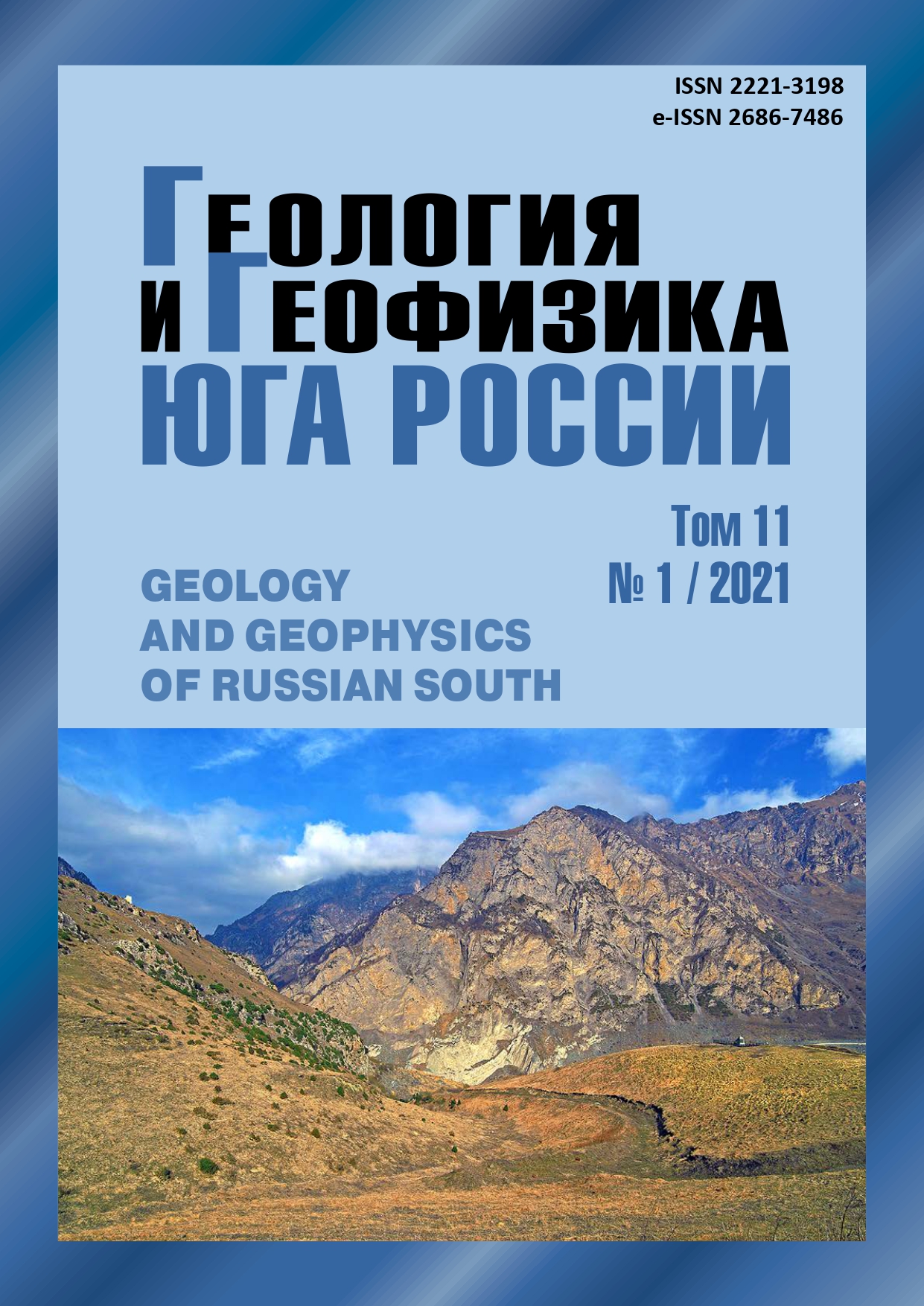About GSZ maps in acceleration units
Abstract
Relevance. The specification of seismic effects in domestic building codes has remained practically unchanged over the past 60 years. The accumulated empirical data on strong ground notions make it possible to radically improve the methodology for calculating buildings and other structures for seismic resistance. It is expected that the calculation errors will be reduced by about half. Aim. Recently, much attention has been paid to the problems of developing seismic hazard maps in accelerations. However, by tradition in our country, such maps assess the seismic hazard in terms of the seismic intensity scale. In most countries, seismic hazard is assessed in terms of accelerations. Such maps were also built in our country. In particular, OSR-97 maps also had a variant in acceleration. The construction of seismic hazard maps in accelerations has no fundamental difficulties. The problem is that accelerations are not an adequate measure of seismic effects. More than half a century ago, American scientists, using empirical material, showed that the relationship between accelerations and points, and, consequently, with the damage to buildings, is ambiguous: the seismic intensity scales are different for different distances and grounds. The error in assessing the consequences of an earthquake in terms of ground acceleration can reach 2 points. Therefore, the calculation of the expected impacts should be based on other characteristics of the seismic waves. In addition, attempts to construct seismic hazard maps were built without taking into account the data of engineering seismology and with violations of the rules of probability theory and therefore have not only certain advantages, but also serious drawbacks. Some researchers believe that vibration velocities correlate better with structural damage, at least in multi-storey buildings and underground pipelines. However, the analysis of empirical data showed that the use of accelerations, velocities and displacements is characterized by approximately the same accuracy. Methods. Methods for constructing maps of general seismic zoning, which have a higher accuracy in comparison with existing maps, are considered. In the current scale of seismic intensity GOST R 57546.2017 estimates of the correlation of damage to buildings with various parameters of seismic vibrations are given: accelerations, velocities, displacements, power of ground vibrations. The influence of the duration of the oscillations is estimated. Results. It is shown that a further increase in the reliability of calculations of objects for seismic resistance is associated with the representation of seismic effects not with vibration amplitudes, but with the energy characteristics of seismic waves.


